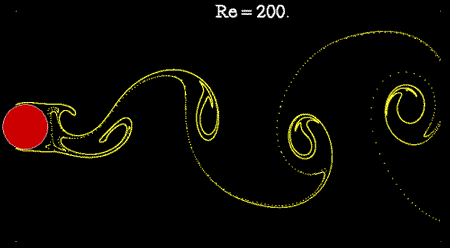High fidelity CFD solvers are generally iterative in nature. They move the solution incrementally forward in time (or pseudo time for steady-state solutions) computing each new solution based on the previous solution. CFD engineers often write a snapshot of the solutions at periodic time steps so that they can follow its progress.
CFD engineers want to verify that:
- The boundary conditions are behaving as expected.
- The solutions are stable.
- They want to do this while the solver is still running.

Previous Limitations
Earlier versions of TecIO had limitations when writing out a sequence of time steps to a SZL (.szplt) file. It worked OK if each time step was written to a separate file; but appending data to the same file caused it to cache a large amount data in memory. In addition, writing to separate files limited the use of variable sharing (which minimizes file size by sharing, for example, a common set of grid coordinates).
On many high-performance computing systems, the total number of files is limited. On these systems, appending all time steps is the preferred option since it reduces the number of files created.
All of these limitations have been solved!
Download a free trial of Tecplot 360.
New TecIO Capabilities: Appending Data to SZL Files
The 2017 R3 version of TecIO (released November 2017) has a new function, TECFLUSH142, that will write the currently cached TecIO data to a set of intermediate files. These files are then recombined into a single SZL file when TECEND142 is called to complete the write.
This accomplishes three things:
- Eliminates the excessive memory usage of previous TecIO versions when writing multiple time steps
- Allows the variable sharing across multiple time steps. This is commonly used with unchanging grids to share the same set of grid coordinates across all time steps.
- Enables the user to view the data before all time-steps have been written to the file.
Item 3 is a new capability in TecIO 2017 Release 3. It is accomplished using a shell utility called szcombine, which reassembles the temporary files into a single SZL file.
With these new capabilities, TecIO is far more usable for writing multiple time steps than it has been in the past. Give it a try!
Happy Computing!

Scott Imlay
Chief Technical Officer
Tecplot, Inc.





